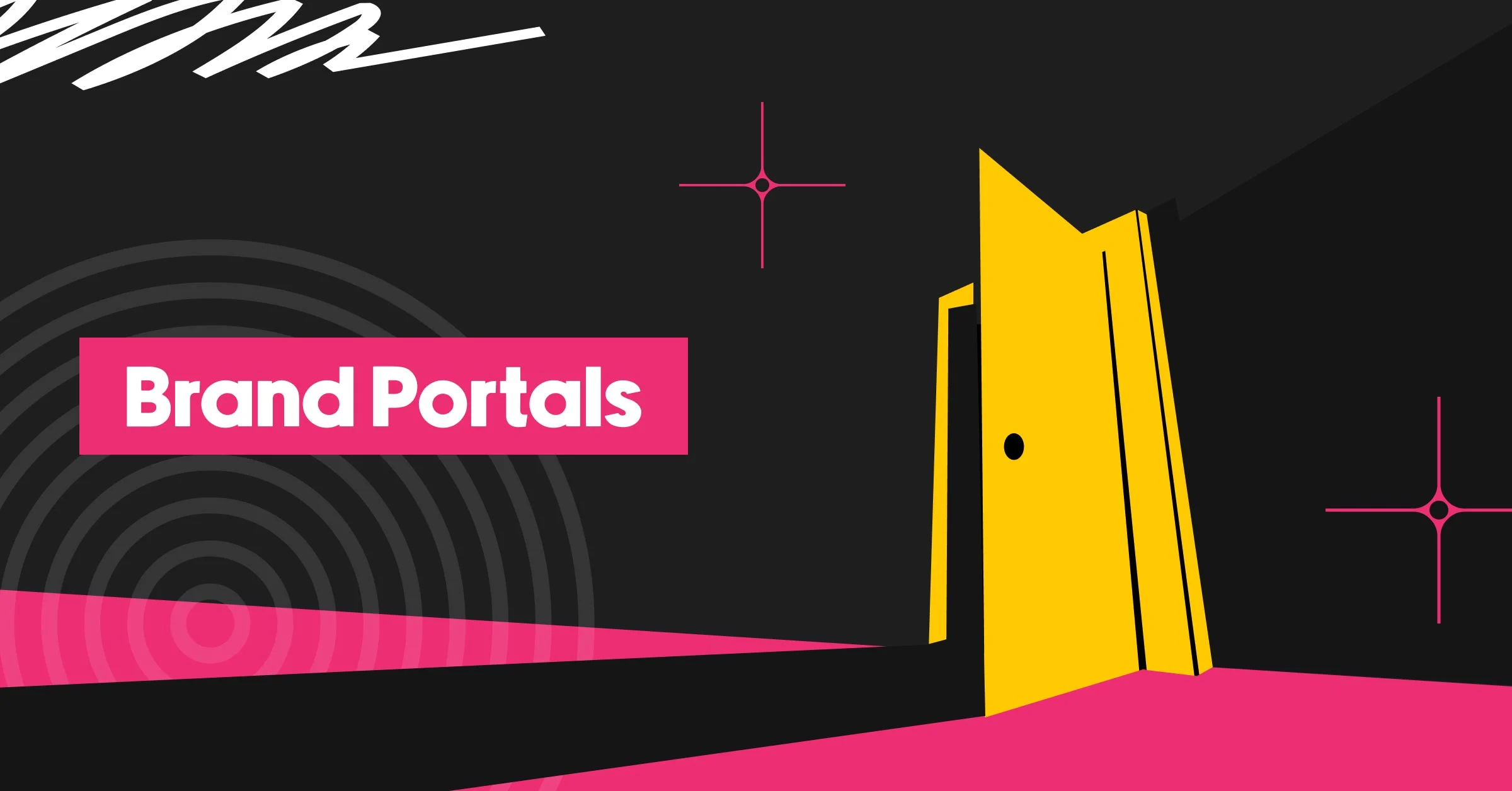For most designers, their work is based on their ability to move quickly and get things done in a hurry, which leaves little room for creativity and ultimately leads to subpar projects, products and designs.
But this doesn’t have to be the case anymore. With design operations, also known asDesignOps, your organization can start to streamline the design process without jeopardizing the quality of your designers’ work.
Defining DesignOps — what is DesignOps?
Dave Malouf of IxDA, Design Ops Summit, first described DesignOps as “everything that supports high-quality crafts, methods and processes.” In more specific terms, it’s the person — or department — that plans, defines and manages the design process. DesignOps ensures that the creative process is not only running efficiently but that your designers have the space needed for trial and error in the task or product design and development.
According to Pabini Gabriel-Petit, Principal Consultant at Strategic UX and Founding Director of Interaction Design Association, most organizations that have implemented a DesignOps approach are able to “evolve and improve product and service designs at a faster pace than organizations using traditional UX design and research processes [and can] better serve their customers, and compete more effectively in the market.”
DesignOps as a proactive solution
DesignOps is a proactive solution to the obstacles designers encounter on a daily basis. Do any of these instances sound familiar to you or your designers?
- Designers are treated as a stepping stone or a means to an end, rather than a strategic role or part of the core team. Designers who experience this will frequently feel taken for granted.
- Designers aren’t communicated with, pulled into important conversations or asked to help problem-solve. Oftentimes, designers will feel as though the team is missing out on new opportunities.
- Designers are typically inundated with small design requests, causing the designer to feel as though it’s impossible to focus on big projects and create content that they’re proud of and would showcase in their portfolio.
- Teammates view a designer’s success based on the speed of their delivery, instead of the quality. In other words, burnout is real.
- Designers simply aren’t equipped with the right tools or design solutions to ensure they can do their job effectively and efficiently, which slows down production time, content effectiveness and hamper overall morale.
However, DesignOps is meant to help solve these very problems by building a more efficient design process within your organization. By establishing a role or department specific to managing DesignOps, teams inevitably create stronger content and products, therefore benefiting everyone involved in the design process.
Components of DesignOps
A DesignOps team’s main goal is to streamline a designer’s workflows without jeopardizing the integrity of the creative process. To do so, the DesignOps team should focus on these four components: design process, team coordination, design tools and design culture.
So, what do these four components look like in practice?
Design process
First, you want to rework your design process. To do so:
- Start by identifying weaknesses in your existing process. Weaknesses might look like — a lack of communication between teams, off-brand content being created, an absence of brand guidelines or templated content collateral for others to work off of.
- Institute a process that optimizes designers’ everyday workflow. To be effective is to be efficient, which means you want to eliminate processes, tools and solutions that are getting in the way of your team fulfilling their role and showboating your brand.
- Establish clear metrics of success. Giving your team a sense of direction and measurable success ultimately provides them with a sense of belonging and understanding of how their role contributes to the business. Without clear metrics and goals, well, that’s a whole other issue.
- Implement good meeting etiquette by reducing unnecessary meetings and ensuring remaining meetings are more productive. No one likes being a part of meetings that feel more like they’re A.) A therapy session B.) A waste of time C.) As though they should know what’s going on when they don’t and D.) An opportunity to socialize instead of work.
- Determine clear design delivery by deciding who sees the work and when. Providing clear guardrails with stakeholder reviews and various other important touchpoints empowers your design team to make changes on the fly and adapt to important feedback instead of having to start from the ground up again should the collateral not be what the requesting party needed.
As you evaluate the design team’s process, be sure to get input from the various stakeholders who work with the design team. For instance, find out what’s working or not working for these key stakeholders and get additional context as to why they interact with the design team or make the requests. Any process changes you make will only be impactful if the final product meets the needs of everyone on your team.
Team coordination
A DesignOps role will give designers the space to concentrate on design work. Therefore, DesignOps will be more involved in the following aspects:
- Budget — how much running the teams will cost and why.
- Human resources — headcount and recruitment.
Design tools
Another component of DesignOps is to choose what tools the design teams will need to work efficiently. They will monitor, delegate and regulate the tools and systems in place as well as ensuring designers adopt any new tools. Under this component, DesignOps will also set the standard for building components in code so designers can work in closer collaboration in design with developers.
Design culture
Establishing a design culture goes beyond the culture on the immediate design team. Educating stakeholders across the company about the importance of good design and branding is a critical step toward leveraging what’s called design thinking — as in when an org moves away from treating design as though it’s a cog in the wheel, to using it as an important component of the business strategy.
Holding branding workshops and creating a brand style guide are a great place to start. However, you’ll also want to identify ways that empower every employee to understand and use great design as it will have the greatest impact on employees remembering and embracing the impact of great design.
Which leads us to the final component of DesignOps — design culture. Culture may seem trivial compared to the other three components but don’t take it for granted — it’s what ensures your design team is happy. This can include:
- Knowledge sharing — Lunch and learn opportunities or creative office hours
- Education — Podcasts, digital events and more
- Accountability — Your system of checks and balances
- Retention — Employee, brand, template usage and more
How to incorporate DesignOps
There are a couple of ways you can incorporate DesignOps into your organization, either through a DesignOps role or through DesignOps thinking.
Not sure if you could stand to benefit from hiring a DesignOps role or implementing DesignOps thinking? Well, there’s a few things to help you evaluate:
- Do you expect your business to experience any amount of growth in the coming months that will impact your design team’s ability to scale production?
- Do you expect that other roles at your organization will require assistance from your design team in the coming months, thus increasing the design team’s workload?
- Does your organization require a good deal of cross-functional collaboration?
Either approach you take will require you to scale production and ensure that your design team is set up for success.
DesignOps role
Hiring for a DesignOps role will require someone to rework your entire design process. An ideal candidate would have a background in creative thinking (or design experience themself), project management and have excellent communication and organization skills. You want to keep your eyes peeled for other less trainable, soft skills that someone would have such as empathy, affability and an ability to compromise, say no or see both sides of an argument.
To rework the design process, start small. Don’t try to completely overthrow the entire system in one day. You’ll have anarchy. Instead, have your DesignOps individual be responsible for understanding the needs and challenges for this one project and then introduce required changes. Starting with one project will give them the chance to test out the new design process.
DesignOps thinking
If your organization is needing a bigger cultural shift, it may be necessary to completely change your organization’s design thinking. Start by evaluating your current design process. Be sure to get feedback from your design team, engineers, product teams and marketing teams to determine what problems they’re facing. Discuss how DesignOps can help solve these issues.
Next, create a shared vision around how DesignOps will work within your organization. Establishing this will help your design team understand the need for this change.
How DesignOps is applied in real life — at Lucidpress
At Lucidpress, we develop a culture of design thinking via a process we call brand templating. Brand templating not only eliminates small design requests that eat up the creative team’s time but also helps empower all employees to embrace good design as mentioned in the section above. Brand templating follows these steps.
- Templatize your most frequently used content
- Lock down brand elements, so they can’t be changed
- Give employees access to those templates, so they can quickly access and tweak the content that they need.
Since creating a library of templates, our events manager can quickly create graphics to promote an upcoming webinar by updating the copy on a premade template instead of submitting a design request. Our sales team can customize a proposal to a specific customer without having to request an edit or wait for the proposal to come back. And meanwhile, our creative team can focus on their most important work without worrying about how the brand is being represented.
Scale production with DesignOps and the right tools
Imagine the impact DesignOps could have on your organization as your teams begin to work closer together on this new vision for your design process. With just a couple of significant changes, you can start to see benefits from this more collaborative work like brand consistency and quicker delivery on projects. And if you need more than just DesignOps for brand consistency, check out our free ebook on how to maintain a consistent brand story.



